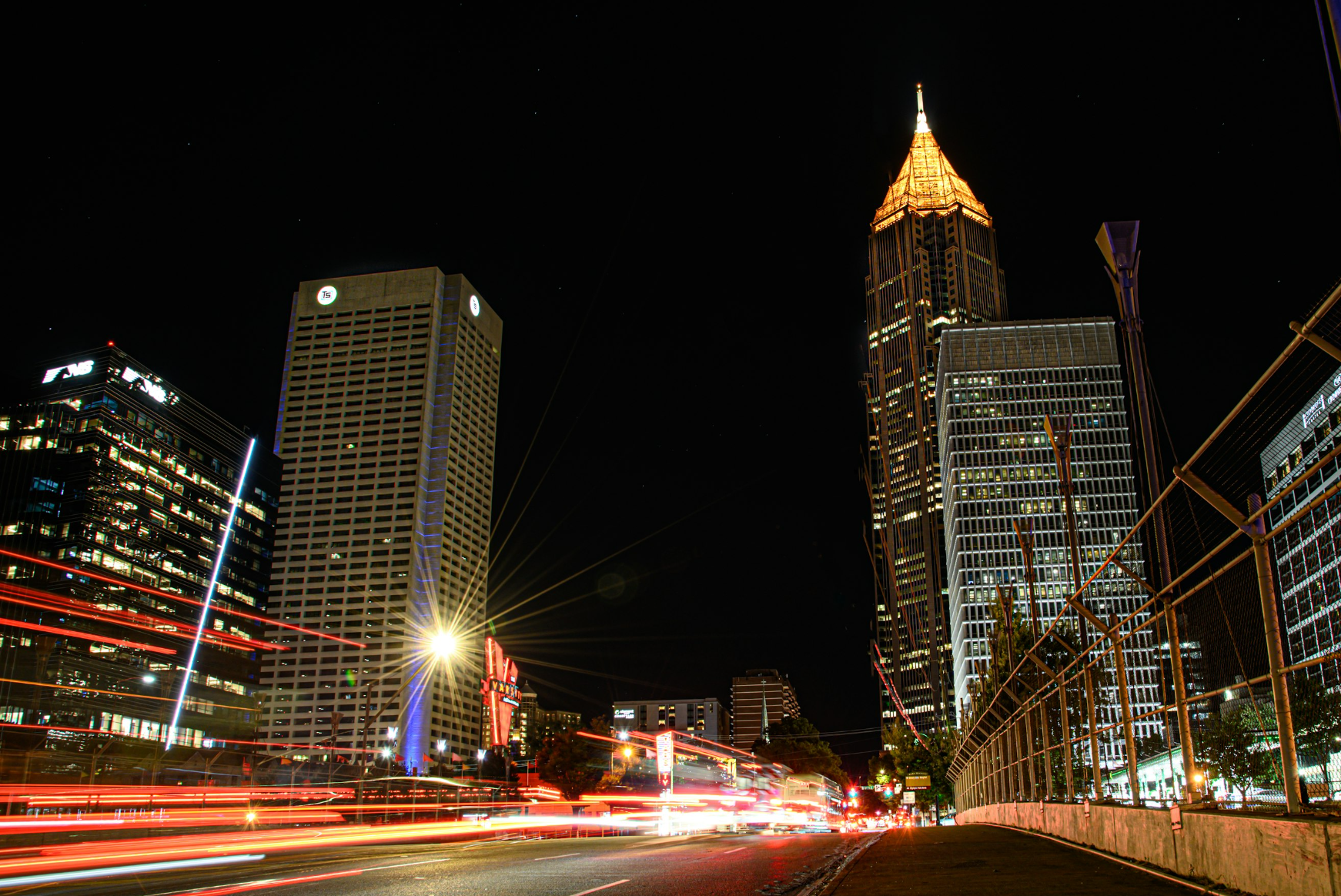This article originally appeared in the Atlanta-Journal Constitution. Written by Bill Torpy.
Metro Atlanta's vacant office market brings to mind movies about hollow-eyed, brain-eating beings lumbering in search of the living.
Let's call it "Curse of Zombie Buildings." While they don't stumble about like those on "The Walking Dead," they are in desperate search of the living — tenants, that is. And they can become financially deadly to their owners.
Across the region, empty or mostly empty buildings dot the commercial real estate landscape, casualties of COVID and workers realizing they could work from home.
Last year, metro Atlanta had 50 commercial buildings without a tenant and another 126 with vacancy rates between 50% and 98%, according to an article by Scott Crooks, an exec with SK Commercial Realty. That was 22% of the region's 791 office buildings over 50,000 square feet in size.
"It's higher than that today," he told me.
The largest zombie hovers near the Downtown Connector. It's the old AT&T building, a 47-story, 1.4-million-square-foot concrete monolith without a living soul inside. It's now called "Tower Square."

Not only is it Atlanta's largest empty building, it's the region's largest building (square footage-wise) overall, not the sleeker, taller, spire-topped Bank of America Plaza two blocks to the south. That one is 1.3 million square feet and about 35% vacant.
I came across the concept of zombie buildings while looking into the phenomena of empty office space. My colleague, Zach Hansen, last week wrote that almost a third of it in metro Atlanta — 32.4%, to be precise — was available. That analysis came from the real estate company CBRE.
It was the fourth financial quarter in a row where office buildings got emptier. And the lack of tenants means less people heading out to buy lunches at restaurants or merchandise from nearby stores.
The AJC story noted 40 million square feet of office space in the area is vacant, "or the equivalent of more than 30 Bank of America Plazas."
Midtown, with 34.8% of its office space available, according to CBRE, is in the top third of metro districts with available space. That's because the frenetic pace of construction that's occurred there in the past six years.
Last week, Kevin Green, who heads the Midtown Alliance, handed me a schematic saying 7.4 million square feet of office space has been built in Midtown since 2018. That's a bunch of space coming at a time when companies were shrinking their footprints.
"I don't know if there's a square mile in the U.S. that has had that amount of investment in that short a period," said Green, who also serves as Midtown's cheerleader. "Our theory is walkable, amenity-rich urban districts will fare better than others.
John Heagy, an exec with the real estate firm Hines, remains optimistic. Heck, most everyone toiling in this business projects optimism. Otherwise, you're roadkill.
There's plenty of footage waiting to be rented when companies' employees start to return, he figures.
"You're seeing it happen across the board," Heagy said. "Companies are saying, 'We can't go on like this. You can't work here and live in Texas.'"
(I'm typing this on my back porch. I've returned to the office maybe four times since 2020. Once was when there was pizza.)
Another optimist is Kirk Rich, a principal with Avison Young, who who said his firm is realistic and has — for now — backed away from trying to snag huge companies to fill up multiple floors. Instead, they're trying to rent 5,000-, 10,000- and 25,000-square-foot chunks at a time.
So, you're no longer trying to land a whale?
No, he said, "We're looking for any fish who can swim and won't go belly up."